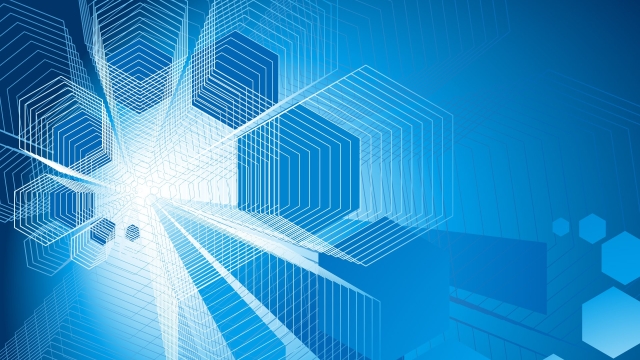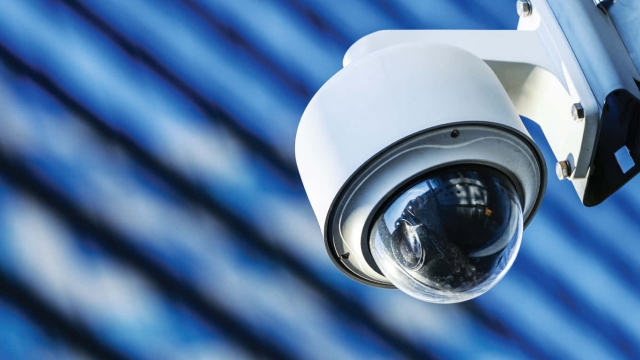Unmasking Deepfakes: A Closer Look at the Face Swapping Technology

Deepfakes, a term that has gained significant attention in recent years, refers to the revolutionary technology that allows for the manipulation of videos and images, particularly in terms of facial features. This cutting-edge technology, although fascinating, has raised concerns about its potential misuse and impact on society. With deepfake technology, it is now possible to seamlessly swap faces in videos, making them appear remarkably realistic and almost impossible to distinguish from genuine footage.
The rapid advancement of deepfake technology in recent years has captured the imagination of both tech enthusiasts and skeptics alike. At its core, deepfaking involves training sophisticated algorithms with vast amounts of data, enabling the software to learn and mimic facial movements, expressions, and even voices. This method has opened up a world of possibilities, from harmless fun and creative applications to potential malicious uses that pose significant risks.
While the entertainment industry has certainly embraced the potential of deepfakes, using them for special effects and unprecedented storytelling, it is the darker implications that have sparked concern among experts. Deepfakes have the potential to be used for nefarious purposes, such as deception, misinformation, and blackmail, highlighting the urgent need for tools and techniques to detect and combat this emerging threat.
As we delve deeper into the realm of deepfakes, it becomes essential to understand the technology, its capabilities, and the challenges it presents. By shedding light on the intricacies of deepfake technology, we can begin to unravel the complexities and explore potential solutions. Join us as we embark on a journey to unmask deepfakes, revealing both the opportunities and dangers that lie within this transformative technology.
Understanding Deepfakes
Deepfakes are a form of technology that involves the swapping of faces within images or videos. With deepfake technology, it is possible to manipulate and alter visual content to make it appear as though someone else is saying or doing something that they have not actually said or done.
At the heart of deepfake technology is artificial intelligence (AI) and machine learning algorithms. These algorithms are trained to analyze and understand facial features, expressions, and other subtle details that make up a person’s appearance. By feeding the AI with a large dataset of images and videos, it can learn to generate realistic fake videos by swapping the face of one person onto another.
Deepfakes have gained both attention and concern in recent years due to their potential for misuse. While there are instances where deepfakes have been used for harmless purposes such as entertainment and creating digital art, there is also the risk of malicious use. Deepfakes can be utilized to spread misinformation, deceive people, or even manipulate public opinion. As a result, it is essential to be aware of the implications and potential dangers that come with this technology.
Overall, understanding deepfakes requires recognizing their ability to convincingly alter visual content by using AI and machine learning algorithms. By being aware of their capabilities, we can better navigate and address the ethical and societal challenges that arise from the use of deepfake technology.
Implications of Deepfake Technology
Deepfake technology presents a myriad of implications and challenges in our increasingly digital age. As this technology continues to evolve, its potential impact on individual privacy, misinformation, and trustworthiness cannot be overlooked.
Firstly, the issue of privacy takes center stage when discussing deepfakes. With the ability to seamlessly swap faces and manipulate videos, this technology has the potential to erode the boundaries between reality and fiction. Individuals may find themselves vulnerable to having their identities misused or being implicated in fabricated scenarios. This raises serious concerns about the security of personal information and the need for enhanced data protection measures.
Secondly, deepfakes have significant implications for the spread of misinformation. In an era where "fake news" has become a buzzword, the ability to create convincing videos that appear genuine adds another layer of complexity to the online information ecosystem. Deepfakes make it increasingly difficult to discern between authentic and manipulated content, which can further deepen societal divisions, foster distrust, and harm the reputation and credibility of individuals or organizations.
Lastly, the trustworthiness of media and public discourse is put at risk by deepfake technology. As the boundaries between real and fake become increasingly blurred, the foundation of trust upon which many institutions and relationships rely is undermined. If deepfakes are not effectively regulated and detected, the credibility of everything from journalism to judicial evidence to personal interactions will be called into question, further eroding social cohesion and stability.
In conclusion, the implications of deepfake technology are profound and multifaceted. Privacy concerns, the spread of misinformation, and the erosion of trust are just a few of the challenges we must confront in the face of this rapidly advancing technology. As we navigate the complexities of the digital age, it is crucial that we develop robust strategies to address these implications and ensure that the responsible use and potential abuses of deepfakes are carefully monitored and mitigated.
Countering Deepfakes
The rise of deepfake technology has sparked concerns about its potential misuse and implications for society. As the technology continues to advance, it becomes increasingly important to explore strategies for countering the spread and impact of deepfakes.
One approach to countering deepfakes is through the development of advanced detection algorithms. These algorithms, powered by artificial intelligence, can analyze videos and images to identify signs of manipulation. By examining inconsistencies in facial features, lighting, and other visual cues, these algorithms can help identify deepfakes and flag them for further scrutiny. Continued research and investment in this area are crucial in staying one step ahead of those who seek to use deepfake technology for malicious purposes.
Education and awareness also play a vital role in countering deepfakes. By educating the public on the existence and potential dangers of deepfakes, individuals can become more vigilant and skeptical of the content they encounter online. Awareness campaigns, workshops, and educational programs can help people identify the red flags associated with deepfakes and encourage critical thinking when consuming media.
Collaborative efforts between technology companies, policymakers, and researchers are crucial in combating the threat of deepfakes. By working together, these stakeholders can develop robust strategies and policies to address the challenges posed by deepfakes. This includes creating guidelines and standards for platforms to adhere to, implementing stronger content moderation measures, and fostering collaborations for the development of more advanced detection tools.
As deepfake technology continues to evolve, so must our approaches to combating it. While no single solution may be foolproof, a multi-faceted approach that combines advanced detection algorithms, education, and collaborative efforts provides a stronger defense against the harmful effects of deepfakes.




